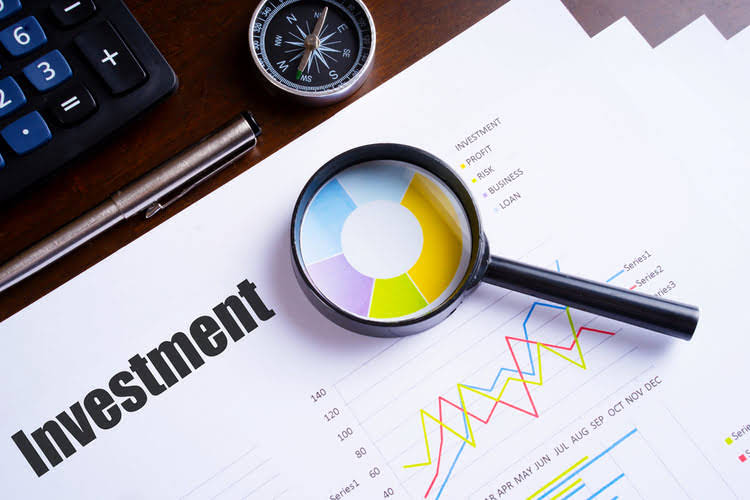
Some call this value “brand equity,” which measures the value of a brand relative to a generic or store-brand version of a product. When an investment is publicly traded, the market value of equity is readily available by looking at the company’s share price and its market capitalization. For private entities, the market mechanism does not exist, so other valuation forms must be done to estimate value.
AccountingTools

Based on the information, determine the stockholder’s equity of the company. The shareholders equity ratio measures the proportion of a company’s total equity to its total assets on its balance sheet. Companies may return a portion of stockholders’ equity back to stockholders when unable to adequately allocate equity capital in ways that produce desired profits.

How Do Stock Buybacks Impact Shareholders Equity?
They represent returns on total stockholders’ equity reinvested back into the company. Using average shareholder equity over time instead of a single period’s number is an example of tweaking your analysis to fit the reality of the business instead of just blindly calculating ratios. Taking that perspective will make your analysis more accurate and informative and ultimately improve your investing. If you were to calculate their return on equity for the period using just the second quarter’s $1.5 million number, ROE would appear lower than the company’s actual performance. You may compute a number of shareholders’ equity ratios using the total value of shareholders’ equity, including the debt-to-equity ratio, return on equity, and book value of equity per share.
- On the balance sheet, shareholders’ equity is broken up into three items – common shares, preferred shares, and retained earnings.
- Net income is the total revenue minus expenses and taxes that a company generates during a specific period.
- When speaking of actual equity, you are effectively taking into account the whole market value of the company’s assets minus the sum of its liabilities.
- Some view the legal complexity of starting and running a corporation to be a disadvantage.
- A PIPE is a private investment firm’s, a mutual fund’s, or another qualified investors’ purchase of stock in a company at a discount to the current market value (CMV) per share to raise capital.
- Shares bought back by companies become treasury shares, and their dollar value is noted in the treasury stock contra account.
Equity vs. Return on Equity
As a rule of thumb, if one of these changes would increase capital, we’ll subtract it from the period-end stockholders’ equity. The amount of equity one has in their residence represents how much of the home they own outright by subtracting from https://www.bookstime.com/ the mortgage debt owed. Equity on a property or home stems from payments made against a mortgage, including a down payment and increases in property value. As part of Apple’s 2023 report, the company listed $62.146 billion of shareholder equity.
Which of these is most important for your financial advisor to have?
- The board of directors also declares the amount and timing of dividend distributions, if any, to the stockholders.
- Aside from stock (common, preferred, and treasury) components, the SE statement includes retained earnings, unrealized gains and losses, and contributed (additional paid-up) capital.
- Shareholders’ equity is the residual claims on the company’s assets belonging to the company’s owners once all liabilities have been paid down.
- Specifically, this metric can be used to evaluate the likelihood of receiving a payment should the company have to liquidate.
- When calculating the shareholders’ equity, all the information needed is available on the balance sheet – on the assets and liabilities side.
- Accountants must calculate how the company’s stockholders’ equity changes from one accounting period to the next.
In order to assess total solvency, loan holders are therefore not overly concerned with the value of equity beyond the basic level of equity. But because stockholders’ equity may only be paid out after bondholders’ equity has been paid out, shareholders are worried about both liabilities and equity accounts. Liabilities are obligations that the company owes to external parties, such as loans, accounts payable, and accrued expenses. Equity represents the residual claim on assets after satisfying liabilities.
When reviewing financial statements, information from shareholders equity is quite helpful. In liquidation situations, stock holders stockholders equity formula are paid last in line after debt holders. The fundamental accounting equation is assets equalling the sum of liabilities and equity.


Common shareholders’ equity

